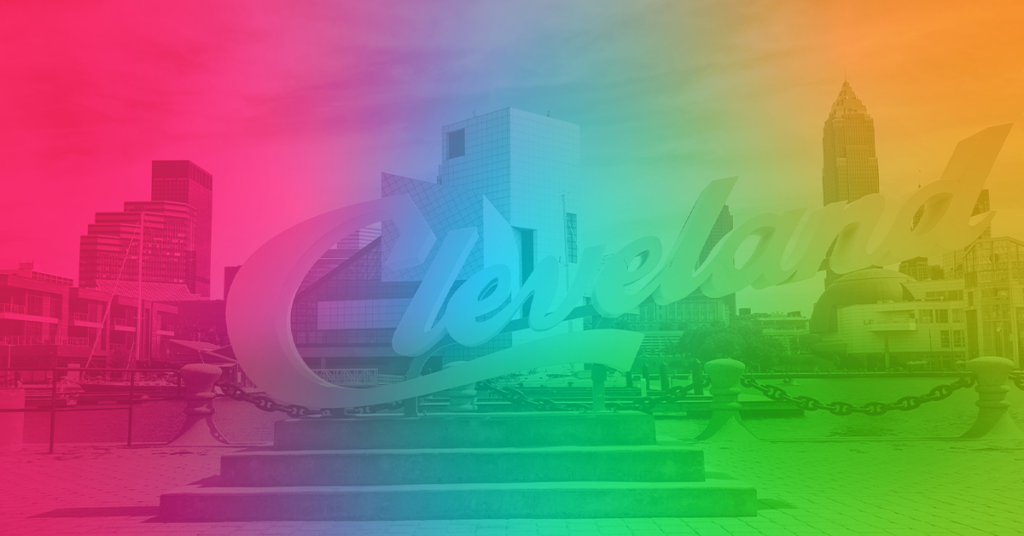By Dr. Jaleesa Trapp
When I was in the seventh grade, I began attending an after-school program called the Computer Clubhouse, and my outlook on learning changed drastically. The Clubhouse Network is a global technology-based after-school program with more than 100 sites in 20 different countries. I attended one in Tacoma, WA. In this program, I was trusted and encouraged to work on projects that I was interested in using professional tools and software. I explored historical figures and events, Shakespeare, health disparities, global conflict, and storytelling through code. I worked on these projects with my friends, and we were often inspired by current events or topics at school. I was developing and strengthening my understanding of community and ethics. The Tacoma Clubhouse Coordinator, Ms. Luversa, facilitated learning experiences by allowing us to tinker and explore with code while also asking questions that implored us to think critically about what and why we were creating. As we worked, we asked a lot of questions. Sometimes silly questions, but often, we asked tough questions and offered critique because we felt safe enough to do so. I learned that there were many things I could create, but their impact would not be a positive contribution to my community.
Ms. Luversa’s teaching philosophy stuck with me, and when I began my career as a high school computer science teacher, I wanted to give students a Clubhouse-like experience. I wanted to cultivate a learning environment that cultivated creativity and challenged students to be civically engaged. As students worked on projects, they were also challenged to think of societal impacts. One example was an assignment to create “How To” tutorials in Scratch. Projects ranged from “How to make a PB&J sandwich” to “How to fold an origami crane”. While the projects ranged in topic and artistic skills, each student incorporated what they learned about accessibility into their projects. They considered the different abilities of users and added audio, text, and contrasting colors. The conversations around this unit started with asking about what topic their peers were choosing, and quickly turned to “Is your project accessible to people who _____”?
As a researcher in the Lifelong Kindergarten group at the MIT Media Lab I explored the idea of creativity and justice. I studied how youth at ten Clubhouses around the world used computational tools and technologies to address/amplify issues in their community that they care about. To do this, I co-designed activities with the adults who supported the young people. Together, we were able to document their work, share resources. and provide insights on how to talk to young people about civic engagement while also supporting technical projects.
I believe that K-12 educators have the opportunity to help shift society towards understanding the implications of AI and building ethical AI tools. I believe that to move towards a more just future, we need to provide students with learning spaces where they are allowed to be creative, accountable, and ethical creators. As a Senior Education Advisor to the Algorithmic Justice League, I have begun exploring how we can foster a generation of both creative and ethical creators with AI. Please join me as I give a keynote talk at the upcoming 2025 Computer Science Teacher Association conference. I will share how my experiences as a researcher and practitioner have shaped my work, and I hope to see you all there.
About the Author

Jaleesa Trapp, PhD is the Senior Education Advisor at the Algorithmic Justice League and a postdoctoral associate at the MIT Media Lab in the Lifelong Kindergarten Research Group. Her current research focuses on computing and STEM education practices that center historically marginalized communities. Before grad school, she taught math and high school computer science in Tacoma Public Schools and was the program coordinator at the Clubhouse in Tacoma, WA. Jaleesa received her PhD and Master’s in Media Arts and Sciences from the MIT Media Lab and her Bachelor’s in Human Centered Design and Engineering from the University of Washington.

